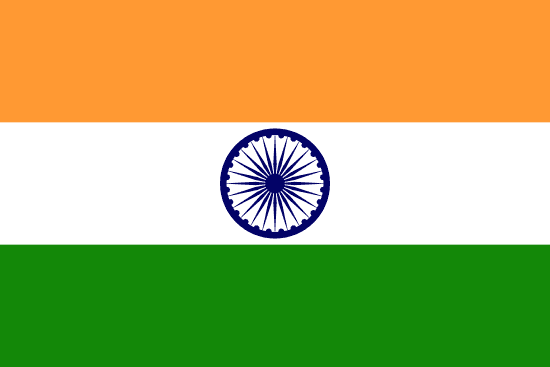"ಹಂಪೆಯ ವಿಶ್ವ ಧರೋಹಿ ಪ್ರದೇಶ | Hampi, the world heritage site"
About:
Hampi, a UNESCO World Heritage Site in India, was the capital of the Vijayanagara Empire in the 14th century. Known for its rich architectural ruins, Hampi thrived under the rule of Krishna Deva Raya. However, it fell into decline after the Battle of Talikota in 1565. Rediscovered in the 19th century, Hampi has since become a significant archaeological site and tourist destination, showcasing the grandeur of the Vijayanagara Empire. Today, it continues to be a symbol of India's historical and cultural heritage.
When to visit:
Hampi, a UNESCO World Heritage Site located in the southern state of Karnataka, India, is best visited during the winter months of November to February. During this time, the weather is pleasant with cooler temperatures making it ideal for exploring the numerous historical ruins and temples scattered across the region. The winter months also coincide with the annual Hampi Utsav, a cultural extravaganza featuring music, dance, and art performances. However, it is important to note that Hampi can get crowded during peak tourist season, so planning your visit in advance is recommended to ensure a smooth and enjoyable holiday experience.
When to avoid:
The worst time to travel to Hampi on a holiday is during the summer months of April to June. This period experiences scorching heat with temperatures soaring above 40 degrees Celsius, making outdoor exploration and sightseeing uncomfortable. The intense heat can drain energy quickly and pose health risks to travelers, particularly those not accustomed to such high temperatures. It is advisable to plan your trip to Hampi during the cooler months of October to March to enjoy more pleasant weather conditions and make the most of your holiday experience.
Monsoon Season (Jun-Sep)
Hampi, India experiences its coldest and wettest period during the monsoon season from June to August. Temperatures range from 25°C to 30°C, with heavy rainfall often exceeding 100mm per month, particularly in July. Sunlight is limited, with overcast skies and high humidity levels. An average day for a visitor during this period could involve exploring the ancient ruins amidst intermittent rain showers, with the landscape transformed into a lush green. However, outdoor activities might be restricted due to the unpredictable weather. Indoor attractions like the Archaeological Museum offer a respite from the rain.
"Summer (March-May)"
The warmest part of the year in Hampi, India, typically falls between March and May. During this period, temperatures range from 30°C to 40°C (86°F to 104°F), with April being the hottest month. The weather is generally very dry, with minimal rainfall, as the monsoon season does not usually start until June.
Sunlight is abundant, with an average of 10 to 12 hours of daylight per day. The skies are mostly clear, with little to moderate cloudiness, leading to high levels of sun exposure. Humidity levels are relatively low during this period, adding to the overall heat and dryness.
For a visitor, a typical day in Hampi during the warmest part of the year would feel intensely hot, especially during midday. The mornings and evenings can be slightly cooler, making these times more comfortable for outdoor activities. Despite the heat, the dryness of the air can make the temperature more tolerable, and the abundant sunshine makes for bright, clear days. However, it's essential to stay hydrated, wear sun protection, and seek shade during the hottest part of the day.
Language:
In Hampi, a historic city in the south Indian state of Karnataka, the most commonly spoken language is Kannada. As it is a major tourist destination, English is also widely understood and spoken by locals involved in the tourism sector. Hindi, the national language of India, is also understood by many.




